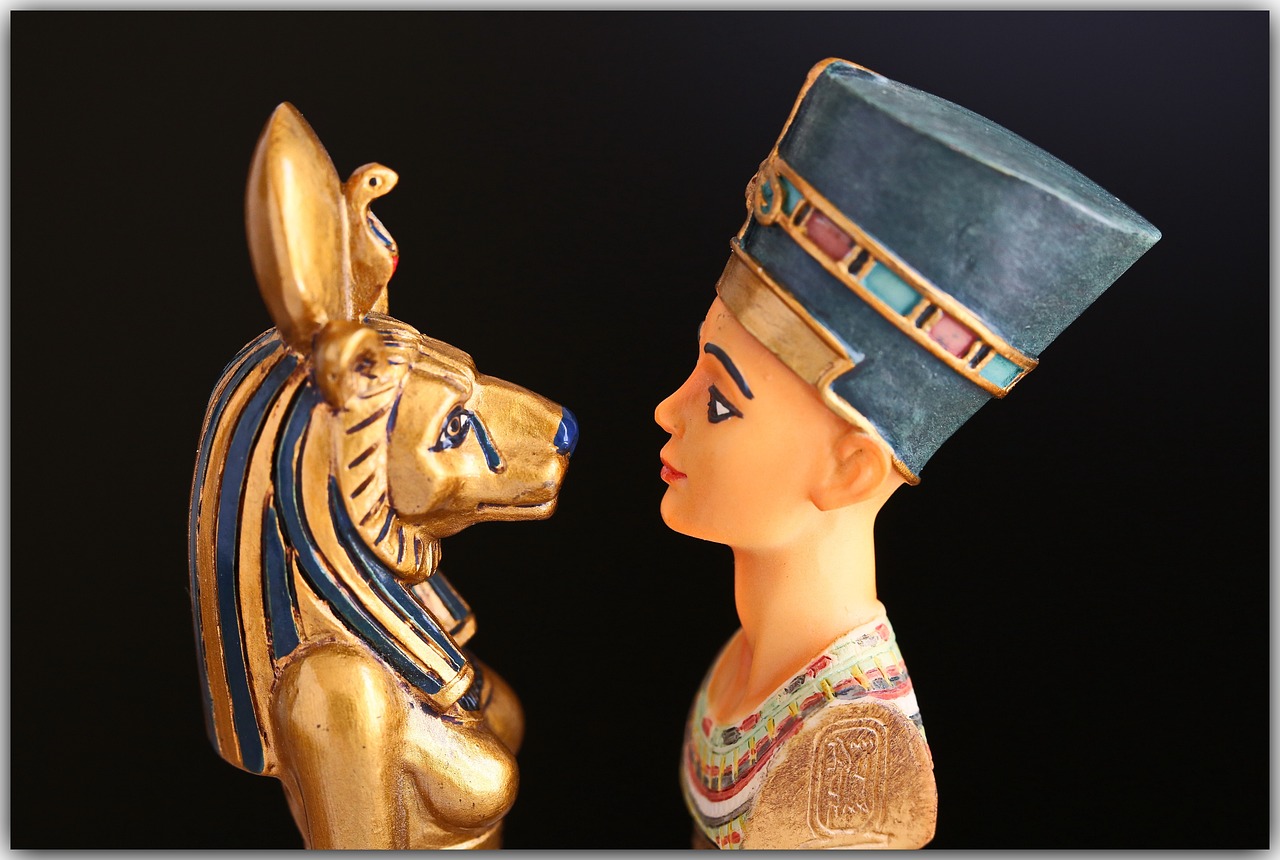The Mystery of the Ancient Egyptians' Architectural Innovations
Have you ever gazed in awe at the towering pyramids of Giza or marveled at the intricate carvings on the walls of ancient Egyptian temples? The architectural innovations of the ancient Egyptians continue to captivate and mystify us to this day. How did they achieve such monumental feats of construction without the modern technology we rely on? The secrets of their engineering prowess and the enduring mysteries surrounding their structures beckon us to delve deeper into the world of ancient Egyptian architecture.
From the colossal pyramids to the majestic temples, the ancient Egyptians left behind a legacy of architectural marvels that stand as a testament to their ingenuity and craftsmanship. But what materials did they use to create these enduring structures? Limestone, granite, and mud bricks were among the primary building materials employed by the ancient Egyptians, each carefully selected for its unique properties and contribution to the durability and grandeur of their architectural masterpieces.
As we unravel the architectural designs and layouts of ancient Egyptian buildings, we discover a world of precision and symbolism intricately woven into every stone and hieroglyph. The meticulous planning and execution of their structures reflect not only their advanced engineering skills but also their deep-rooted religious and cultural beliefs, with each architectural element carrying layers of meaning and significance.
Delving into the engineering feats and techniques of the ancient Egyptians, we are confronted with a level of sophistication and innovation that defies our expectations. From the precise cutting of stones to the ingenious use of ramp systems and leveling tools, the ancient Egyptians demonstrated a mastery of problem-solving that continues to astonish and inspire us today.
But were the architectural innovations of the ancient Egyptians merely products of practical engineering, or did they hold deeper cosmic significance? The alignment of their structures with celestial bodies and the incorporation of astronomical principles into their designs hint at a possible connection between ancient Egyptian architecture and the mysteries of the cosmos, inviting us to ponder the cosmic secrets hidden within the stone walls of their creations.
Behind the awe-inspiring facades of ancient Egyptian buildings lies a world of labor-intensive construction processes and a vast labor force dedicated to bringing the visions of pharaohs and priests to life. The organizational complexity and social implications of such monumental building projects offer a glimpse into the societal structures and values of ancient Egyptian civilization, shedding light on the role of architecture in shaping their cultural identity.
As we explore the sacred geometry and symbolism embedded in ancient Egyptian architecture, we uncover a realm where mathematical precision and spiritual beliefs intersect. The intricate patterns, alignments, and hieroglyphic inscriptions found in their structures reveal a profound understanding of sacred geometry and a deep reverence for the divine forces that governed their lives.
The legacy of ancient Egyptian architectural innovations extends far beyond the sands of time, influencing modern architecture and engineering practices in ways we may not even realize. The timeless techniques and designs of the ancient Egyptians continue to inspire contemporary builders and designers worldwide, reminding us of the enduring power and beauty of their architectural legacy.

Ancient Egyptian Building Materials
The ancient Egyptians were masters in utilizing a variety of building materials that contributed to the longevity and magnificence of their architectural marvels. One of the primary materials extensively used in their constructions was limestone. Quarried locally, limestone provided a sturdy foundation for structures like temples and pyramids. Its abundance and workability made it a preferred choice for many monumental projects. Additionally, the ancient Egyptians harnessed the strength and durability of granite in their constructions. This dense and resilient stone was often used for statues, obelisks, and sarcophagi, showcasing the Egyptians' skill in working with challenging materials. Furthermore, mud bricks played a crucial role in the construction of everyday buildings and structures. These simple yet effective bricks were made from mud mixed with straw and water, sun-dried to form solid walls. Despite their humble nature, mud bricks were integral to the architectural landscape of ancient Egypt, demonstrating the practicality and resourcefulness of the builders.

